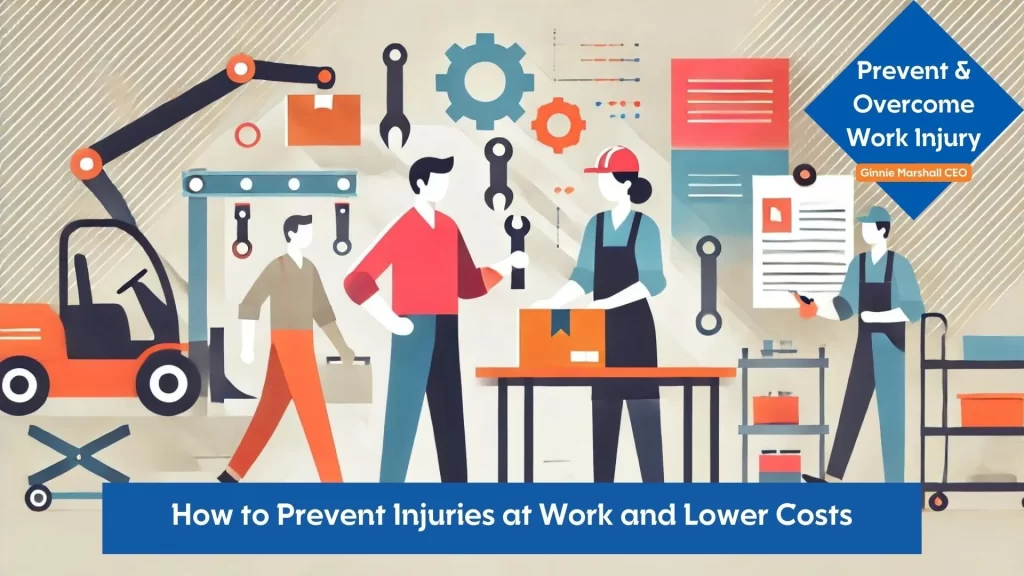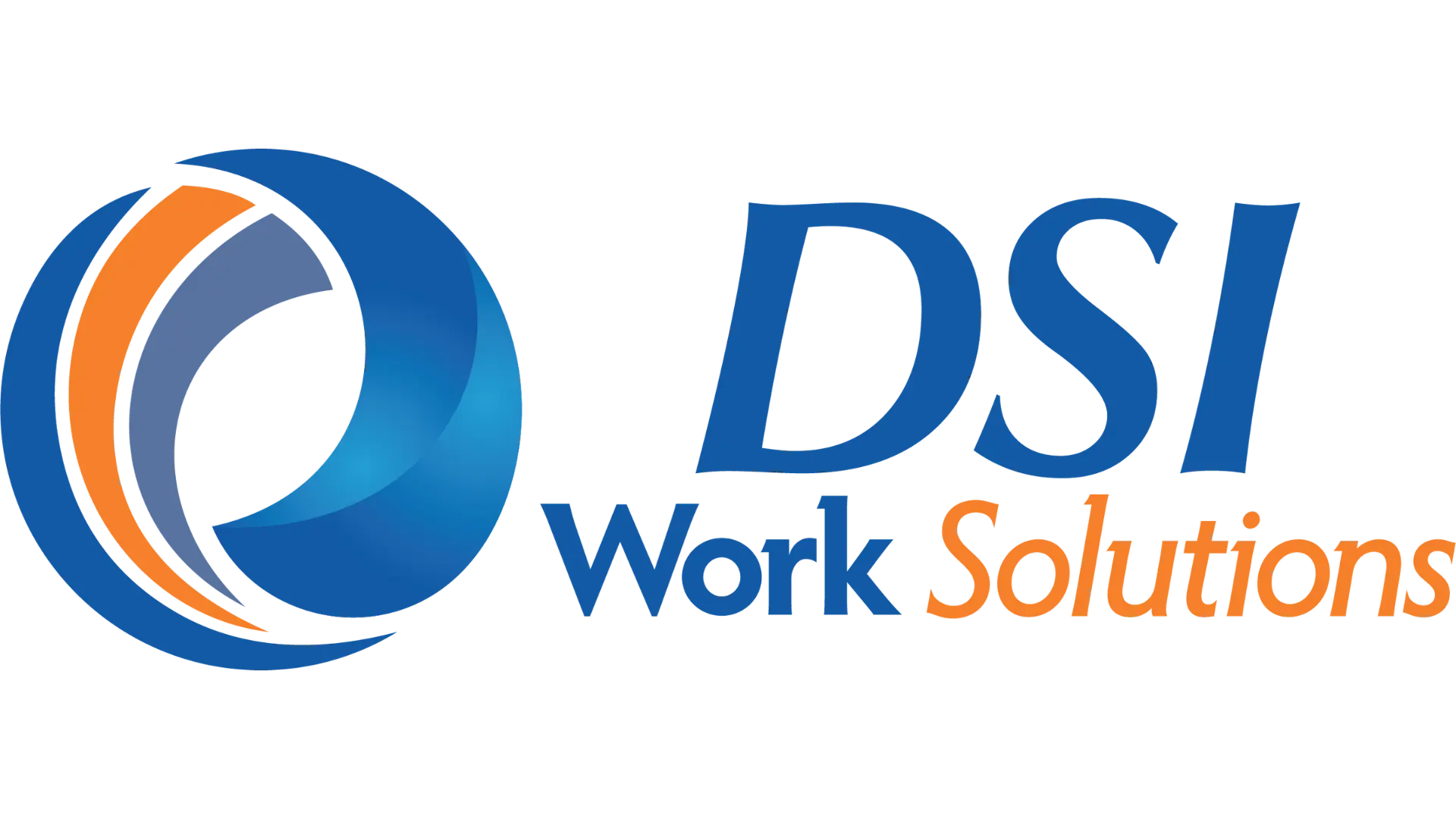Estimated reading time: 8 minutes

Therapists have a significant history with employee and population health. In the 1930s work hardening concepts were developing as occupational therapists developed industrial therapy programs for patients in mental hospitals. Early concepts of job matching were developed as jobs were analyzed for skills, and its physical and mental demands, and patients were matched according to therapeutic goals.1 Physical therapists made strong advancements in this arena in the 1980s as pioneers in the field, including Susan Isernhagen and Keith Blankenship, further developed protocols for functional testing in the form of Functional Capacity Evaluations (FCEs). These FCEs were widely accepted and used by both professions for reporting on an individual’s work ability and creating goals and measurements for work hardening and work conditioning programs. Today there are numerous versions of FCEs that incorporate both standardized and job-specific formats.
Both fields also have historically had roles to play in wellness and population health, as defined in their respective practice guidelines. Health and wellness at large, and also wellness specific to the workplace, are both referenced. For example, physical therapists are called upon to participate in prevention and wellness activities, including health screenings and health promotion. These activities are recognized for their importance in helping to decrease healthcare costs. Intervention, prevention, and the promotion of health, wellness, and fitness are a vital part of the practice of physical therapists. As clinicians, physical therapists are well positioned to provide services as members of primary care teams.2
This article was originally published on Jan 18th, 2019 for Physical Therapy Products. You can find the original article by clicking HERE!
EMPLOYEE HEALTH: ON THE JOB
The broad spectrum of the health of a employee on the job includes management from the point of employment, covers the hours that are spent working, and extends through the point of termination. Considering the aging workforce population, that point of termination is often retirement, and the age of retirement continues to increase. Evidence indicates that as people age, the rate of fatality on the job increases. A leading injury is falls.3 According to Safety & Health Magazine’s review of the Bureau of Labor Statistics (BLS) latest release on Employer-Reported Workplace Injuries and Illnesses, of the 5,147 on-the-job deaths that occurred in 2017, 775 occurred among employees age 65 years and older, an increase of 87 from 2016. This represents the highest proportion for that demographic since the census began. Over the time period of 2016-2026, the projected overall rate of growth of employee age groups is expected to be the greatest in the 65 to 74 age group and the 75 and older age group.4
Also according to the BLS’ latest release, musculoskeletal disorders (MSDs) continue to be costly. In 2017, sprains, strains, and tears were the most frequently occurring injuries resulting in lost work time, transfer, or restriction in five of six industries studied. For example in manufacturing, although the total number of MSD cases resulting in days away from work declined about 5% in 2017 compared to 2016 data, MSDs accounted for more than one third of the total, with sprains, strains, and tears the leading type.5
MANAGEMENT OF EMPLOYEE HEALTH AT THE WORKPLACE
The therapists’ unique skill set positions them to assist employers with the management of MSDs and age-associated conditions related to keeping employees healthy on the job, to name a few. This includes assisting with hiring procedures, enhancing training and job placement support, providing early intervention services to prevent minor issues from becoming significant injuries, and supporting employees when injury, illness, or disability impacts their ability to work safely. To be successful it is critical to take into account an employee’s current safe work abilities. This approach can substantially increase an employer’s ability to support its workforce in a more efficient, cost-effective, successful, and positive manner.
Of uppermost importance is the incorporation of objective and accurate physical demands information that is linked to the primary (essential) functions of jobs. Once this information is validated as accurate, it becomes the underlying base of support for employee health at the workplace. The types of services to be provided include some or all of the following:
Prevention: Job function-based testing conducted upon an offer of employment assists with hiring and placement decision-making; job-specific training programs for new employees will resonate with them and can also be used for re-occurring review; job-appropriate exercise programs mitigate preventable injuries and help employees feel better on the job; early intervention strategies also prevent injuries from occurring by raising awareness through body mechanics, posture, and exercise. The latter can be provided as group or individual employee support, commonly referred to as job coaching.
Stay at Work/Return to Work: Job function-based testing also assists with determining a employee’s specific abilities and ensuring the inclusion of job-related goals during medical and rehabilitation management, transitional work activity and placement, temporary work assignment, and when needed temporary or permanent accommodations. The continuing impact of musculoskeletal injuries to the cost of work-related injuries is particularly aided by this approach, but is not the only instance in which this approach proves beneficial. All parties impacted—employee, employer, and payors—benefit from this approach. Often the most impactful and shorter-term benefits are obtained when work injury costs need to be addressed.

MANAGEMENT OF EMPLOYEE HEALTH IN LARGE POPULATIONS
Population health studies continue to show that healthy employees have less risk of injury, illness, and disease than those having a disease or condition that is medically managed—most often with medication.
Poor health habits are substantial contributors to the decline of health and therefore increased healthcare costs, including work-related ones. Research has demonstrated that workplace health initiatives can help reduce sick leave absenteeism by 27% and healthcare costs for companies by 26%.6 Today, more than 70% of the adult US population would be classified as overweight or obese using body mass index (BMI) as a measurement tool. Weight-related issues are strongly associated with cardiovascular disease, Type 2 diabetes, and high cholesterol, to name just a few.7 Medication can control these disorders, but weight management and a healthy degree of activity/exercise can cure them for many.
When employees quit smoking, maintain a healthy weight and activity level, manage stress effectively, and get adequate rest, health benefits are obtained across the board. The employee benefits in terms of better quality of life (home and work), the employer benefits in terms of improved productivity and quality of work output, and the health insurance/payor community benefits from reduced utilization for preventable disease and disability. All parties benefit from decreased cost.
THE CONNECTION
Fundamentally, employee health on the job and population health share a lot of common space. One enhances the other and improves overall outcomes. Neither should be neglected. Today, the costs associated with primary prevention are primarily absorbed by employers and employees when they make the decision to engage. The insurance system does not yet reimburse for prevention services, it remains focused on the identification and treatment of injury and illness once it exists.
Employers are increasingly fronting the costs of health improvement/injury-reduction programs to improve the quality of health for employees and their families. Fortunately, their efforts can be seen as a return on investment and even a significant cost reduction, so long as comprehensive, quality programs are implemented. Employers search for and benefit from assistance to implement these programs. It can come from providers at minimal or great expense. This is a space for therapists to enter and even to lead, provide cost-efficient programs, and lead a diverse team. A diverse team is important and necessary to help meet employers where the need is greatest for the most impact and return on their investment.
As therapists increasingly enter the employer services marketplace, it is important to incorporate all the elements of employee health to obtain maximum benefit. Therefore, other healthcare and health-related professionals can and should be involved at levels appropriate to their professional guidelines, areas of expertise, and practice acts. While therapists can provide many of the services needed, it is important to recognize where and when other professionals will provide better value from both a professional and cost perspective. A team that operates within the scope of licensure and practice guidelines, and maintains the highest ethical standards, will elevate these health services to their highest potential, and will have a growing impact on the health and well-being of the US population and workforce. PTP
Virginia “Ginnie” Halling, PT, is chief executive officer of DSI Work Solutions. For more information, contact PTPEditor@medqor.com.
REFERENCES
1. Matheson LN, Dempster Ogden L, Violette K, Schultz K. Work hardening: occupational therapy in industrial rehabilitation. Am J Occup Ther. 1985;39:314-321.
2. American Physical Therapy Association. Guide to Physical Therapist Practice 3.0. Available at http://guidetoptpractice.apta.org/. Accessed January 7, 2019.
3. Dong W, Wang X, Daw C, Ringen K. Chronic diseases and functional limitations among older construction workers in the United States: a 10-year follow-up study. J Occup Environ Med. 2011;53(4):372-380.
4. US Bureau of Labor Statistics. Career Outlook. Projections of the labor force, 2016–26. November 2017. Available at https://www.bls.gov/careeroutlook/2017/article/projections-laborforce.htm. Accessed January 10, 2019.
5. Bureau of Labor Statistics, US Department of Labor, The Economics Daily, Workplace injuries and illnesses resulting in job transfer or restriction in 2017. Available at https://www.bls.gov/opub/ted/2019/workplace-injuries-and-illnesses-resulting-in-job-transfer-or-restriction-in-2017.htm. Accessed January 10, 2019.
6. World Health Organization. Fact Sheets. Protecting workers’ health. Available at https://www.who.int/news-room/fact-sheets/detail/protecting-workers%27-health. Accessed January 10, 2019.
7. Cleveland Clinic. Health Essentials. Study finds obesity itself raises risk of diabetes and cardiovascular disease. Available at https://health.clevelandclinic.org/study-finds-obesity-itself-raises-risk-of-diabetes-and-cardiovascular-disease/. Accessed January 10, 2019.
8. This article was originally published for Physical Therapy Products, https://ptproductsonline.com/practice-management/workplace-injury-management/worker-health-population-health-connected/












.webp)